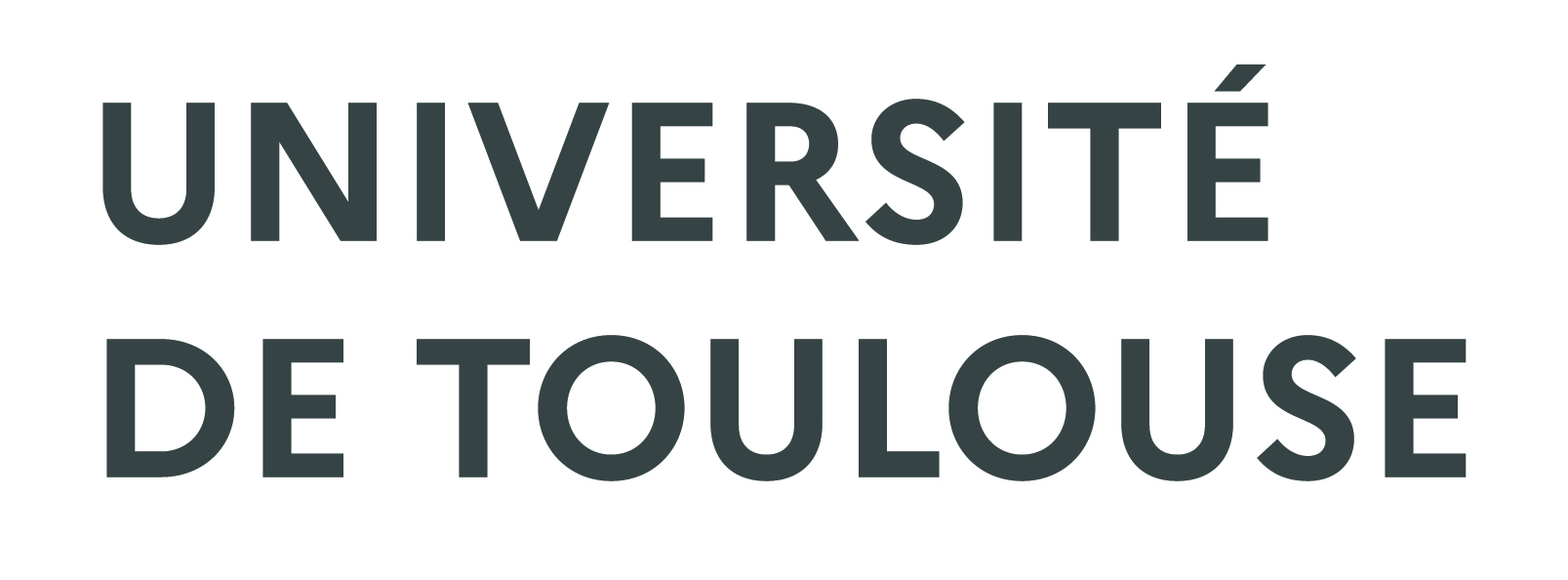A Homozygous PDE6D Mutation in Joubert Syndrome Impairs Targeting of Farnesylated INPP5E Protein to the Primary Cilium
Sophie Thomas
(1, 2)
,
Kevin Wright
(3)
,
Stéphanie Le Corre
(4)
,
Alessia Micalizzi
(5, 6)
,
Marta Romani
(5)
,
Avinash Abhyankar
(7)
,
Julien Saada
(8)
,
Isabelle Perrault
(1, 2)
,
Jeanne Amiel
(1, 2, 9)
,
Julie Litzler
(9)
,
Emilie Filhol
(2, 10)
,
Nadia Elkhartoufi
(9)
,
Mandy Kwong
(3)
,
Jean-Laurent Casanova
(2, 7, 11)
,
Nathalie Boddaert
(2, 12)
,
Wolfgang Baehr
(13)
,
Stanislas Lyonnet
(1, 2, 9)
,
Arnold Munnich
(1, 2, 9)
,
Lydie Burglen
(14)
,
Nicolas Chassaing
(15, 16)
,
Ferechté Encha-Ravazi
(15, 2, 9)
,
Michel Vekemans
(15, 2, 9)
,
Joseph Gleeson
(17, 18)
,
Enza Maria Valente
(5)
,
Peter Jackson
(3)
,
Iain Drummond
(4, 19)
,
Sophie Saunier
(2, 10)
,
Tania Attié-Bitach
(15, 2, 9)
1
Inserm U781 -
Génétique et épigénétique des maladies métaboliques, neurosensorielles et du développement
2 Imagine - U1163 - Imagine - Institut des maladies génétiques (IHU)
3 Genentech, Inc.
4 Massachusetts General Hospital [Boston]
5 Mendel Laboratory
6 UniMe - Università degli Studi di Messina = University of Messina
7 Rockefeller University [New York]
8 AP-HP - Hôpital Antoine Béclère [Clamart]
9 Service de Génétique Médicale [CHU Necker]
10 Hôpital Necker - Enfants Malades [AP-HP]
11 Inserm U980 - Génétique Humaine des Maladies Infectieuses
12 Service de radiologie pédiatrique [CHU Necker]
13 University of Utah
14 CHU Trousseau [APHP]
15 UDEAR - Unité différenciation épidermique et auto-immunité rhumatoïde
16 CHU Toulouse - Centre Hospitalier Universitaire de Toulouse
17 HHMI - Howard Hughes Medical Institute
18 UC San Diego - University of California [San Diego]
19 HMS - Harvard Medical School [Boston]
2 Imagine - U1163 - Imagine - Institut des maladies génétiques (IHU)
3 Genentech, Inc.
4 Massachusetts General Hospital [Boston]
5 Mendel Laboratory
6 UniMe - Università degli Studi di Messina = University of Messina
7 Rockefeller University [New York]
8 AP-HP - Hôpital Antoine Béclère [Clamart]
9 Service de Génétique Médicale [CHU Necker]
10 Hôpital Necker - Enfants Malades [AP-HP]
11 Inserm U980 - Génétique Humaine des Maladies Infectieuses
12 Service de radiologie pédiatrique [CHU Necker]
13 University of Utah
14 CHU Trousseau [APHP]
15 UDEAR - Unité différenciation épidermique et auto-immunité rhumatoïde
16 CHU Toulouse - Centre Hospitalier Universitaire de Toulouse
17 HHMI - Howard Hughes Medical Institute
18 UC San Diego - University of California [San Diego]
19 HMS - Harvard Medical School [Boston]
Jean-Laurent Casanova
- Fonction : Auteur
- PersonId : 756193
- ORCID : 0000-0002-7782-4169
- IdRef : 073388726
Nathalie Boddaert
- Fonction : Auteur
- PersonId : 759620
- ORCID : 0000-0003-0991-7774
- IdRef : 089425561
Lydie Burglen
- Fonction : Auteur
- PersonId : 757604
- ORCID : 0000-0002-1119-6809
- IdRef : 074482831
Nicolas Chassaing
- Fonction : Auteur
- PersonId : 902643
- ORCID : 0000-0003-0234-8820
Joseph Gleeson
- Fonction : Auteur
- PersonId : 772236
- ORCID : 0000-0002-0889-9220
Résumé
Joubert syndrome (JS) is characterized by a distinctive cerebellar structural defect, namely the << molar tooth sign >>. JS is genetically heterogeneous, involving 20 genes identified to date, which are all required for cilia biogenesis and/or function. In a consanguineous family with JS associated with optic nerve coloboma, kidney hypoplasia, and polydactyly, combined exome sequencing and mapping identified a homozygous splice-site mutation in PDE6D, encoding a prenyl-binding protein. We found that pde6d depletion in zebrafish leads to renal and retinal developmental anomalies and wild-type but not mutant PDE6D is able to rescue this phenotype. Proteomic analysis identified INPP5E, whose mutations also lead to JS or mental retardation, obesity, congenital retinal dystrophy, and micropenis syndromes, as novel prenyl-dependent cargo of PDE6D. Mutant PDE6D shows reduced binding to INPP5E, which fails to localize to primary cilia in patient fibroblasts and tissues. Furthermore, mutant PDE6D is unable to bind to GTP-bound ARL3, which acts as a cargo-release factor for PDE6D-bound INPP5E. Altogether, these results indicate that PDE6D is required for INPP5E ciliary targeting and suggest a broader role for PDE6D in targeting other prenylated proteins to the cilia. This study identifies PDE6D as a novel JS disease gene and provides the first evidence of prenyl-binding-dependent trafficking in ciliopathies.

